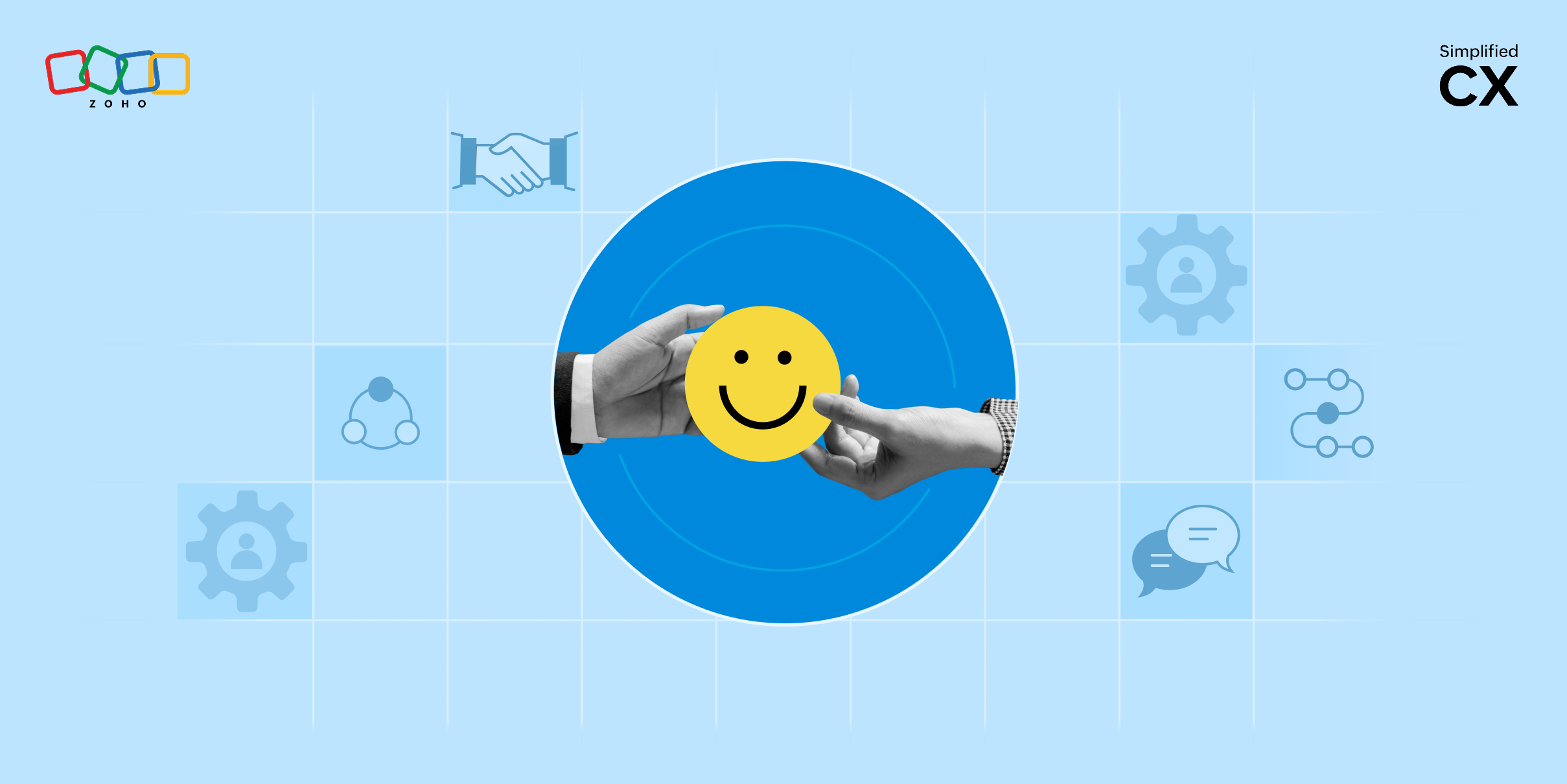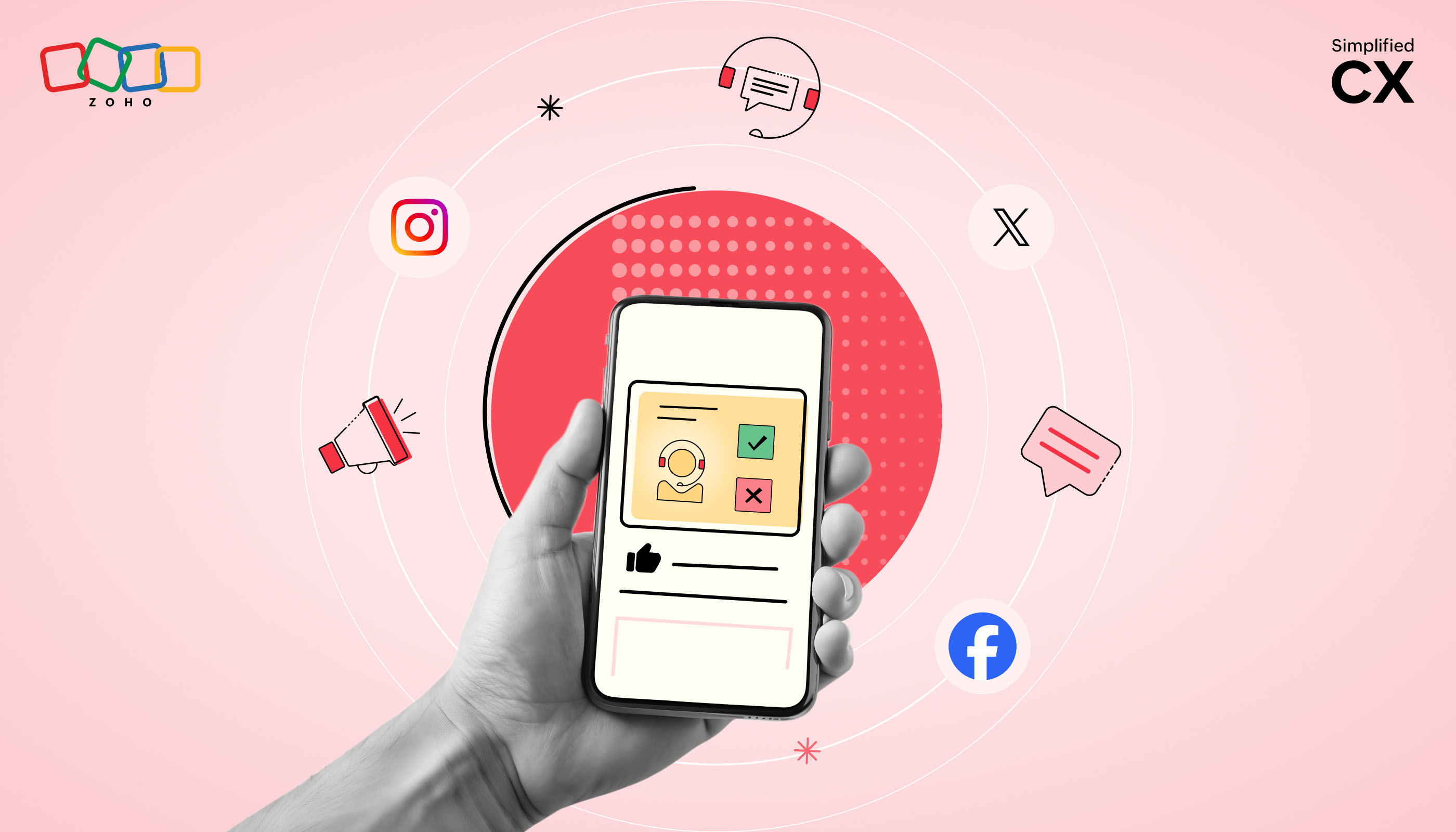Planning for your dream customer service team
- Last Updated : October 24, 2023
- 288 Views
- 4 Min Read

Rome wasn’t built in a day. The same applies to any successful business. Building a customer service team is a strenuous task, and it only gets arduous without a solid plan. When you look at customer service giants around the world, it becomes clear that taking the time to plan pays off better than trying to improvise when the need arises.
From hiring to shift management, and even your agents’ favorite coffee machine, everything needs planning. A plan well executed becomes the deciding factor between delivering a one-off great run and a consistently great experience for your customer.
So what are the top picks in planning for a great customer service team?
Picking the right fit
In the first step of building your customer service team, have an idea of what your customer service team should be like. Understand what requirements you have, and what sort of an agent will fit those requirements. Decide what kind of character you’d like to hire and what they would bring to the table. Figuring this out is especially important since the atmosphere that they create inside the team is what shows through to the customer. They become a reflection of your brand and their attitude becomes a reflection of the service your customers get.
Besides finding the right fit for your team, planning for hiring boils down to hiring the right number of agents to meet the company’s needs. This is valuable for small businesses, especially where hiring one extra agent can be much more than they need.
Picking the right channels
Most small businesses face the dilemma of deciding which channels to provide support to their customers. The first option is to choose to provide support through a wide range of channels, but face the risk of getting spread too thin. The second option is to provide quality service in a limited number of channels, but also face the risk of excluding your customers’ preferences.
Deciding which way to go is an easier choice to make once you’ve weighed the pros and cons of both options, and what impact they will have on your business. If your business doesn’t have the bandwidth for the channels that your customers want, start off with the top three channels they prefer. Consolidate well with the three channels, and slowly extend support to other channels as you grow.
Picking the right metrics
It’s easy to get accurate metrics, but the real challenge lies in knowing which metrics to focus on. Planning and finding the right metrics to improve will shape the image of your brand to your customers.
Metrics help you connect the dots between where you are and where you want to go. When you focus on customer happiness, you become customer-friendly. When you focus on ticket resolution times, you become speedy and reliable. Figure out how you like your customers to perceive you, and then you’ll know the direction you need to go.
Metrics have an equally important impact internally on your business. You can optimize workflows and improve productivity once you identify the areas where you can do better. The best way to go about this is to be proactive with the data you have. If the numbers constantly tell you that your agents are struggling to keep up with ticket volume, act on it before it becomes a problem.
Picking the right tech
It’s convenient to have technology underlying your customer support, regardless of how big your business is. When you have to find the right tools for the job, what do you have to consider in your plans?
How it influences the tickets you receive
When you receive tickets for the same questions frequently, take time to set up a Knowledge Base. It’s helpful when it’s a question often asked or if the solution is simple enough to read and implement without assistance. Your customers won’t have to wait for an answer and you’ll have more time for solving more complex issues.
How it influences the productivity of your agents
Help desk software becomes the primary answer to this question. The right software will improve your agent’s workflow and adapt to your business structure. Try out different options until you find one that’s feature-rich and provides value for your money.
How it improves your customer’s experience
The technology that you use directly impacts the customer experience that you deliver. Help desk software improves first response times and ticket resolution times overall. This reflects not only better productivity, but more happy customers.
Planning is not as easy as it looks, and things don’t fall into place on their own. With a vision to deliver consistently great service and the grit to see it through, you can wow customers with ease for years to come.


